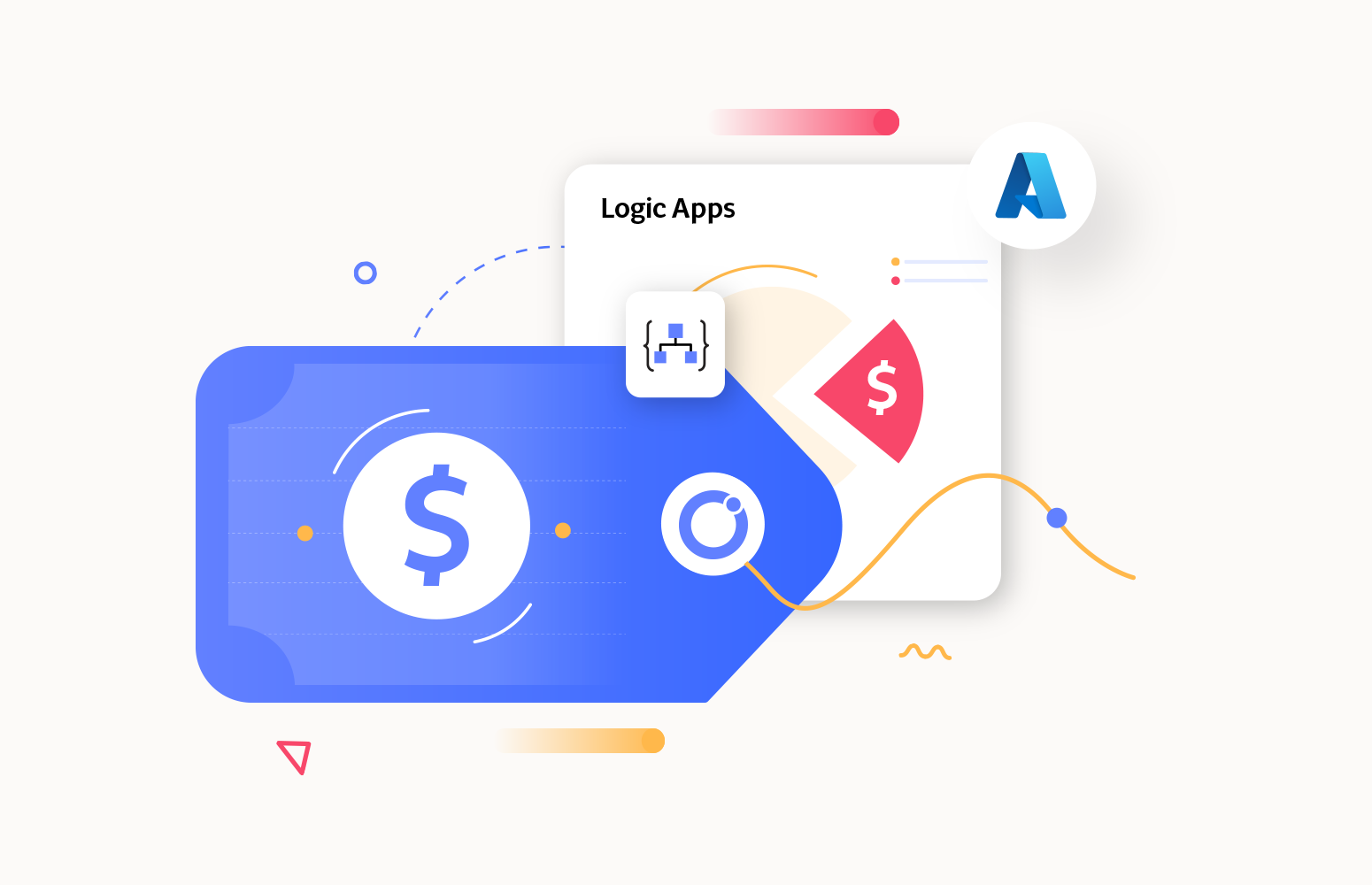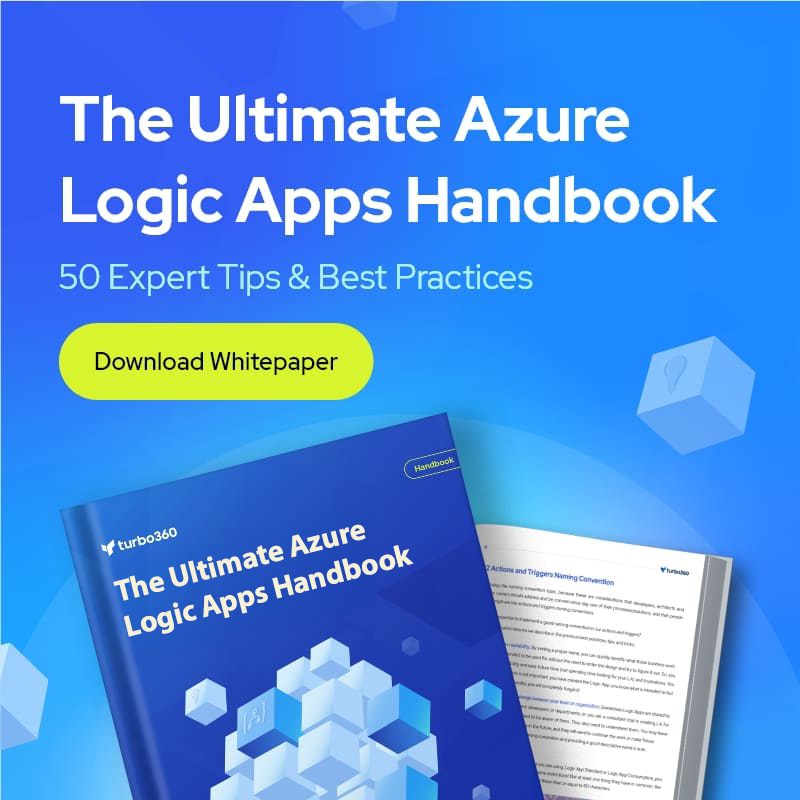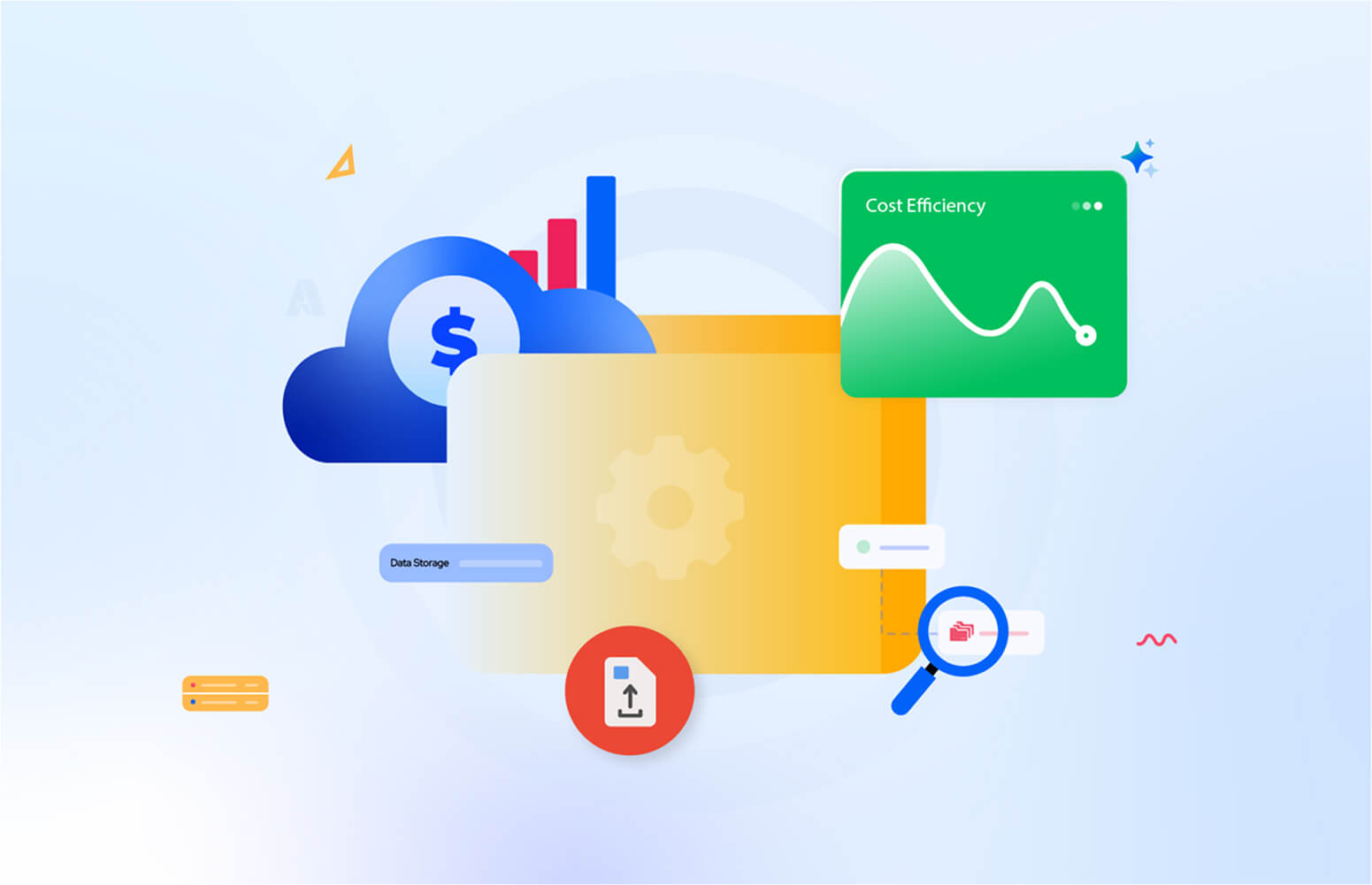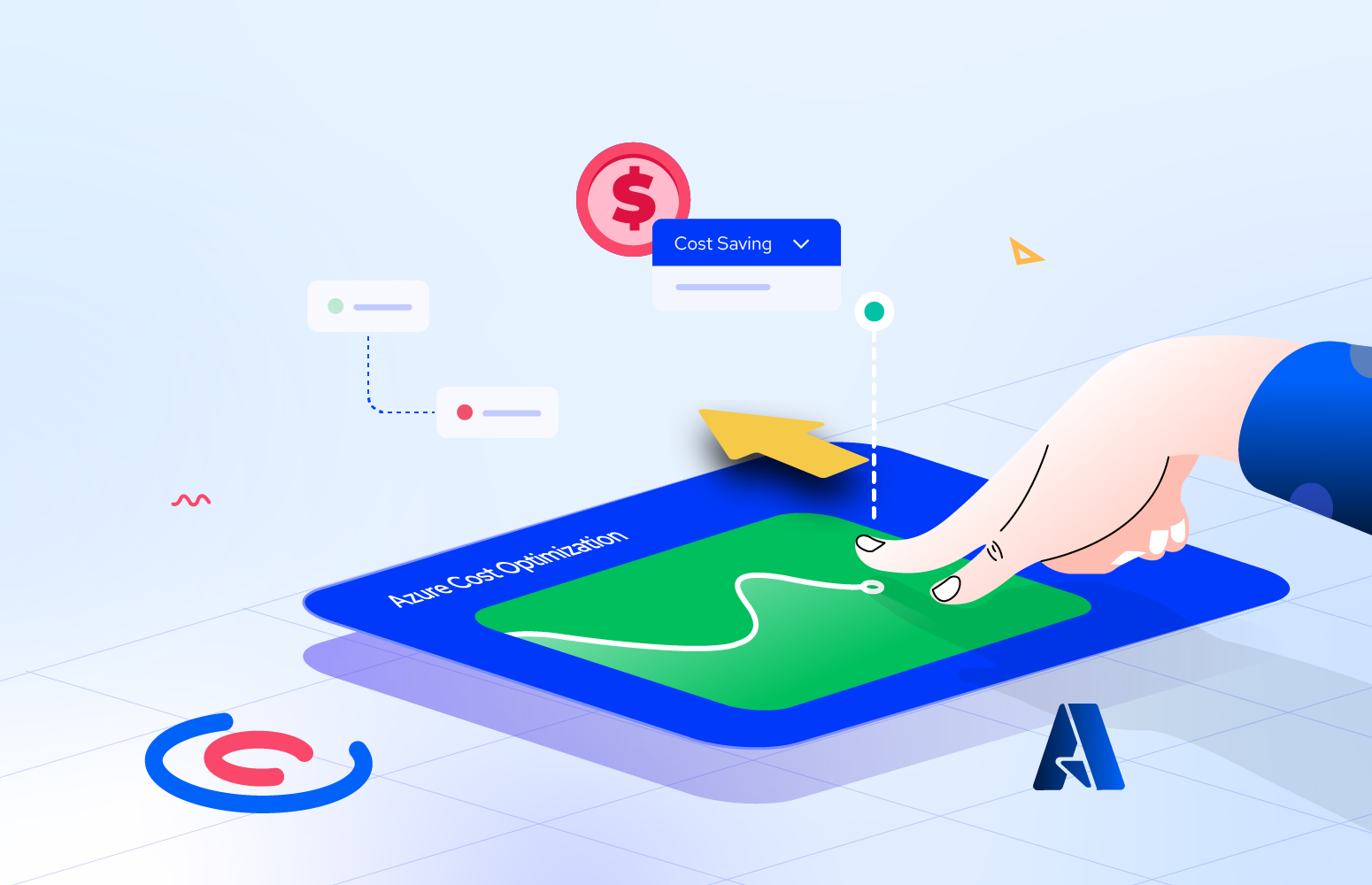It is vital to understand the price of Azure Logic Apps for multiple reasons, regardless of whether you are a developer overseeing their implementation or a business wishing to use the platform for your operations. Understanding the pricing model facilitates efficient budget planning and allocation for your tasks. You can avoid unforeseen expenses and make more accurate cost estimates.
By knowing the Azure Logic App pricing structure, you can optimize your Logic Apps to cut down on unnecessary tasks and save expenses.
Azure Logic App pricing models
Azure Logic App Consumption pricing (multi-tenant)
| Consumption Plan (Multitenant) | Price |
|---|---|
| Actions | $0.000025/execution |
| Standard Connectors | $0.000125/call |
| Enterprise Connectors | $0.001/call |
| Integration Service Environment – Developer(Basic unit) | $1.03/hour |
| Integration Service Environment – Developer(Scale unit) | NA |
| Integration Service Environment – Premium(Basic unit) | $6.64/hour |
| Integration Service Environment – Premium(Scale unit) | $3.32/hour |
| Integration Account – Basic | $0.42/hour |
| Integration Account – Standard | $1.37/hour |
It is a Pay-for-what-you-use pricing model. Azure Logic Apps charges are based on the number of workflow executions, trigger events, and execution duration. For example, you are charged for each trigger, action, and connector you use in your workflow. The service does not require any upfront costs or long-term commitments.
Azure Logic App Standard pricing (single tenant)
| Standard Plan (Single tenant) | Price |
|---|---|
| vCPU | $145.781/month |
| Memory | $10.439/month |
| Standard Connectors | $0.000125/call |
| Enterprise Connectors | $0.001/call |
| Integration Service Environment – Developer (Basic unit) | $1.03/hour |
| Integration Service Environment – Developer (Scale unit) | NA |
| Integration Service Environment – Premium (Basic unit) | $6.64/hour |
| Integration Service Environment – Premium (Scale unit) | $3.32/hour |
| Integration Account – Basic | $0.42/hour |
| Integration Account – Standard | $1.37/hour |
It is a fixed pricing model. Regardless of how frequently or how many activities the Logic App does, you pay a fixed amount for the hosting plan that allows multiple instances of the Logic App to run. Several pricing categories for the standard plan are available depending on your required performance.

The following factors determine the pricing of the Logic Apps:
- vCPU and Memory: It represents the processing power your Logic App can access. How many concurrent executions and processing power your Logic App can have depends on the number of vCPUs. More memory enables your Logic App to work with and store data in memory, enhancing workflow performance and efficiency—especially when working with big data payloads. Standard Logic App plans come with a specific number of vCPUs and memory.
- Integration Account: To develop B2B integrations, you create a distinct resource called an integration account and attach it to Logic Apps. The fixed pricing model for integration accounts is based on the type or tier of integration account you utilize.
- ISE: When you create a Logic App with a consumption plan and deploy it to an integration service environment (ISE), pricing for the Logic App and its workflow are based on the ISE plan. The number of ISE instances you set up will determine how much ISE costs in total. For ISE instances, Azure offers several SKUs, and the cost varies according to the SKU selected.
- Connectors: Connectors in the consumption plan are charged based on the no. of actions executed within your Logic App. The standard plan for connectors is based on a tiered model; it has a limit on the number of connector actions and additional costs for going over that limit.
Azure Logic App pricing tiers and features
Consumption
| Features | Description | Billing or pricing details |
|---|---|---|
| Workflow type (Multitenant) | A single Logic App that can have only one workflow that runs in a multitenant Azure Logic App or an integration service environment. | Pay per execution |
| Host environment (Integration Service Environment) | ISE lets you run your Logic Apps in an isolated and dedicated environment in Azure Logic Apps | Fixed pricing |
| Storage operations | The Logic App resource contains storage resources and usage information | The billing and metering of storage consumption is limited to data retention-related consumption |
Standard
| Features | Description | Billing or pricing details |
|---|---|---|
| Workflow type (Single tenant) | Multiple workflows can be run within a Standard Logic App whether it’s in a single-tenant Azure Logic App or App Service. | The pricing is determined by the hosting plan you select. |
| Host environment App Service Environment V3(ASEv3) – Windows plan | ASE is designed for network isolation, security, and performance-driven scenarios. | You only pay for the ASE App Service plan regardless of how many Logic Apps you create and run. |
| Storage operations | Standard Logic Apps store workflow definitions, runtime state, and any related artifacts in storage operations. | The billing and metering are based on the number of storage operations run in a workflow and their cost. It follows the Azure storage pricing model. |
Factors affecting Logic App cost
- Logic App run’s execution frequency: The cost increases with the frequency at which your Logic Apps run. The pricing of the Logic App will be impacted based on the number of executions.
- Logic App Triggers and Actions: External events or external sources are often used to trigger Logic Apps. Costs can rise if you configure a lot of triggers, especially for frequent events. Your Logic App workflow has separate billing for each action or operation. This means your total cost will increase when there are more actions within your Logic App. Depending on the connector or service being utilized, the cost per action varies.
- Integration with Third-party or other Azure services: Your overall cost may be affected if your Logic Apps interact with other Azure services, such as Azure Functions, Azure Service Bus, or Azure Storage, and with third-party services.
- Resource consumption and scaling considerations: Costs can be affected by the number of resources required to execute your workflows. Logic Apps can be scaled to handle increased workloads, but increasing costs may occur as a result.
Cut down Azure Logic App costs using Turbo360
Turbo360 Cost Analyzer offers cost analysis, monitoring, and optimization features to reduce the costs of Azure Logic Apps.
The cost analysis summarizes the Azure Logic App spending across multiple subscriptions and tenants in a graphical view, which helps to get complete visibility into Logic App costs deployed in different subscriptions. Cost monitors can be configured to get notified whenever the Logic App expenses exceed the predefined threshold.
The cost optimization capability helps automatically turn off the Logic App spread across multiple subscriptions during the period of its inactivity by setting up a schedule; it makes it easier to cut down the cost spent on the Logic App executions during non-productive hours of test environments.
FAQs
1. Is there a free tier for Azure Logic Apps?
The Azure Logic App does not have a free tier like some other Azure services. However, Azure provides a limited number of free services and a free account with a 12-month period. Azure Logic Apps are included in the free version, which allows you to explore and try them out without incurring costs.
2. How is usage calculated for Azure Logic Apps?
To estimate your Logic App usage’s cost, you can use the Azure pricing calculator. The calculator allows you to input the details about your expected usage such as workflow type, number of action executions, triggers, and other components
3. Can I save costs with Azure Logic Apps by using reserved capacity?
For Logic Apps, reserved instances and capacity options are not available. Reserved capacity, which is more commonly associated with services like Azure Virtual Machines, Azure SQL Database, etc. Azure Logic Apps operates on a serverless model, meaning users are billed based on actual resource consumption and execution of workflows rather than pre-allocated capacity.
4. Are there additional charges for using specific connectors or services within Logic Apps?
Yes, there are additional charges, some connectors or services may have their own pricing models, especially if they are considered premium connectors or involve premium services. Premium connectors often provide advanced capabilities or connect to premium services that require separate licensing.
5. Is there a minimum commitment or contract duration for Logic Apps pricing plans?
There is typically no commitment or contract duration. Azure Logic App primarily operates on a consumption plan, where you pay for the resources and services you consume during the execution of your workflows. This consumption model is designed to provide flexibility, allowing you to scale resources up or down based on your needs without a long-term commitment. The standard model operates on a pay-as-you-go model without a minimum commitment or contract duration.
6. How can I estimate the cost of using Azure Logic Apps for my specific use case?
Estimating the cost of using Azure Logic Apps involves factors such as trigger frequency, the number of actions, data processing, and any premium connectors or external services associated with your Logic App.
The general steps you can take to estimate the cost are as follows:
-
Understand your Logic App workflow: Identify how frequently your Logic App will be triggered. (e.g., every minute, hour, based on an event). Identify how many actions your Logic App workflow contains.
-
Data processing: A Logic App usually involves the processing of data, such as data transformations or manipulations. During each execution, consider the amount of data processed.
-
Check the Connector’s cost: Review the Azure pricing documentation for any specific charges associated with premium connectors.







